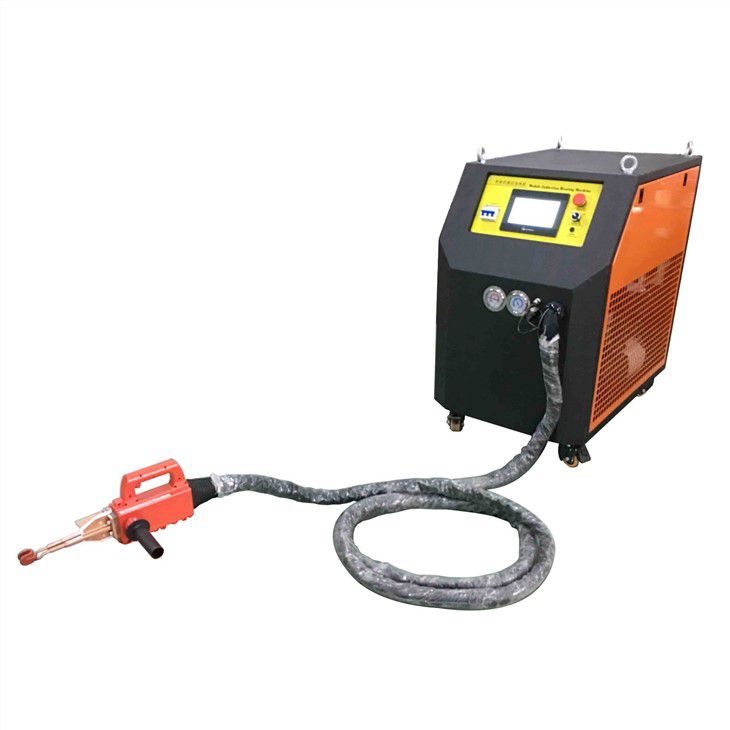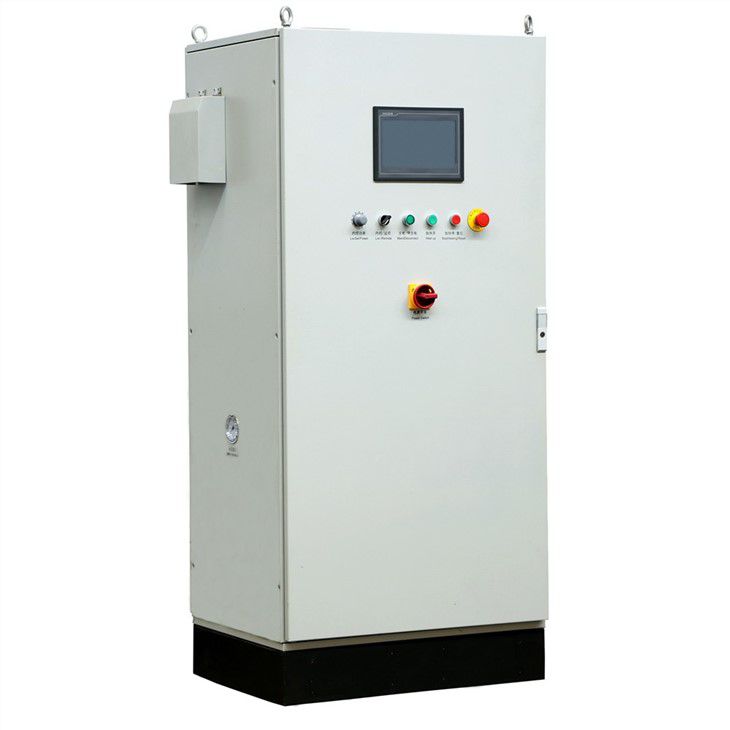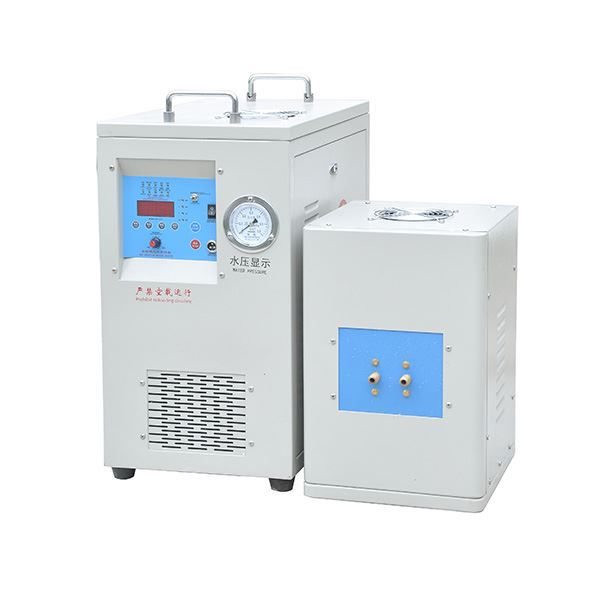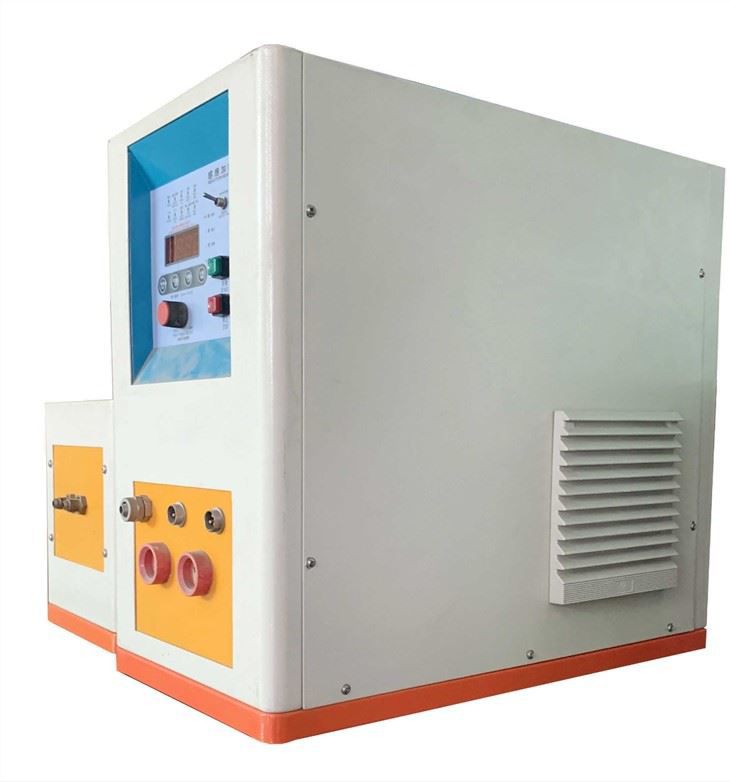- UHF Induction Heating Machine
- HF Induction Heating Machine
- MF Induction Heating Machine
- Induction Heat Treatment Machine
- Air Cooled Induction Heater
- CNC Hardening Machine Tool
- Induction Brazing Systems
- Portable Induction Heater
- Induction Forging Machine
- Metal Melting Furnace
- Induction Coils
- Resistance Furnace
- Infrared Thermometer
- Industrial Cooling Machine
- Induction Heating Transformers
- Custom Induction Heating Systems
- UHF Induction Heating Machine
- HF Induction Heating Machine
- MF Induction Heating Machine
- Induction Heat Treatment Machine
- Air Cooled Induction Heater
- CNC Hardening Machine Tool
- Induction Brazing Systems
- Portable Induction Heater
- Induction Forging Machine
- Metal Melting Furnace
- Induction Coils
- Resistance Furnace
- Infrared Thermometer
- Industrial Cooling Machine
- Induction Heating Transformers
- Custom Induction Heating Systems
Enquire
Why should steel parts be tempered? What is the effect?
The heat treatment method of high temperature tempering after hardening is called quenching and tempering treatment. High temperature tempering refers to tempering between 500-650°C. Hardening and tempering can adjust the performance and material of steel to a great extent, its strength, plasticity and toughness are all good, and it has good comprehensive mechanical properties.
After hardening and tempering treatment, tempered sorbite is obtained. Tempered sorbite is formed when martensite is tempered. It can only be distinguished by magnifying 500 to 600 times under an optical metallographic microscope. It is a distribution of carbides (including Cementite) composite structure of pellets. It is also a tempered structure of martensite, which is a mixture of ferrite and granular carbides. At this time, the ferrite has basically no carbon supersaturation, and the carbides are also stable carbides. It is a balanced tissue at room temperature. There are two types of quenched and tempered steel: carbon quenched and tempered steel and alloy quenched and tempered steel. Whether it is carbon steel or alloy steel, the carbon content is strictly controlled. If the carbon content is too high, although the strength of the quenched and tempered workpiece is high, the toughness is not enough. If the carbon content is too low, the toughness is increased but the strength is insufficient. In order to obtain good comprehensive performance of the quenched and tempered parts, the carbon content is generally controlled at 0.30~0.50%.
During tempering and quenching, the entire cross-section of the workpiece is required to be hardened, so that the workpiece can obtain a microstructure dominated by fine needle-shaped quenched martensite. Through high-temperature tempering, a microstructure dominated by uniformly tempered sorbate is obtained. It is impossible for small factories to conduct metallographic analysis for each furnace, and generally only do hardness testing, that is to say, the hardness after quenching must reach the quenching hardness of the material, and the hardness after tempering should be checked according to the requirements of the diagram.
The hardened and tempered 45 steel of 45 steel is a medium carbon structural steel, which has good cold and hot processing performance, good mechanical properties, low price and wide source, so it is widely used. Its biggest weakness is low hardenability, and it is not suitable for workpieces with large cross-sectional dimensions and relatively high requirements. The quenching temperature of 45 steel is A3+(30~50)℃, and in actual operation, the upper limit is generally taken. A high quenching temperature can accelerate the heating speed of the workpiece, reduce surface oxidation, and improve work efficiency. In order to homogenize the austenite of the workpiece, the sufficient holding time is required. If the actual furnace load is large, it is necessary to extend the holding time appropriately. Otherwise, insufficient hardness may occur due to uneven heating. However, if the holding time is too long, the disadvantages of coarse grains and serious oxidation and decarburization will also appear, which will affect the quenching quality. We believe that if the amount of furnace charge is greater than the stipulations in the process documents, the heating and holding time should be extended by 1/5.
Because 45 steel has low hardenability, a 10% brine solution with a large cooling rate should be used. After the workpiece enters the water, it should be hardened thoroughly, but not completely cooled. If the workpiece is cooled thoroughly in salt water, it may crack the workpiece. This is because when the workpiece is cooled to about 180°C, the austenite rapidly transforms into martensite caused by excessive tissue stress. Therefore, when the quenched workpiece is quickly cooled to this temperature range, a slow cooling method should be adopted. Since the temperature of the outlet water is difficult to control, it must be operated by experience. When the shaking of the workpiece in the water stops, the water outlet can be cooled by air (if it can be cooled by oil, it is better). In addition, it is advisable to move the workpiece into the water rather than static, and it should move regularly according to the geometric shape of the workpiece. The static cooling medium and the static workpiece lead to uneven hardness and uneven stress, resulting in large deformation and even cracking of the workpiece. The hardness of 45 steel quenched and tempered parts after quenching should reach HRC56~59, the possibility of the large cross-section is lower, but not lower than HRC48, otherwise, it means that the workpiece has not been completely quenched, and sorbate or even ferrite may appear in the structure Organization, this kind of organization remains in the matrix through tempering, and the purpose of tempering cannot be achieved.
For high-temperature tempering of 45 steel after hardening, the heating temperature is usually 560~600°C, and the hardness requirement is HRC22~34. Because the purpose of hardening and tempering is to obtain comprehensive mechanical properties, the hardness range is relatively wide. However, if the drawings have hardness requirements, the tempering temperature must be adjusted according to the requirements of the drawings to ensure hardness. For example, some shaft parts require high strength and high hardness requirements; while some gears and shaft parts with keyways need to be milled and inserted after quenching and tempering, so the hardness requirements are lower. Regarding the tempering holding time, it depends on the hardness requirements and the size of the workpiece. We believe that the hardness after tempering depends on the tempering temperature and has little to do with the tempering time. More than an hour.
Share this article to your platform:







